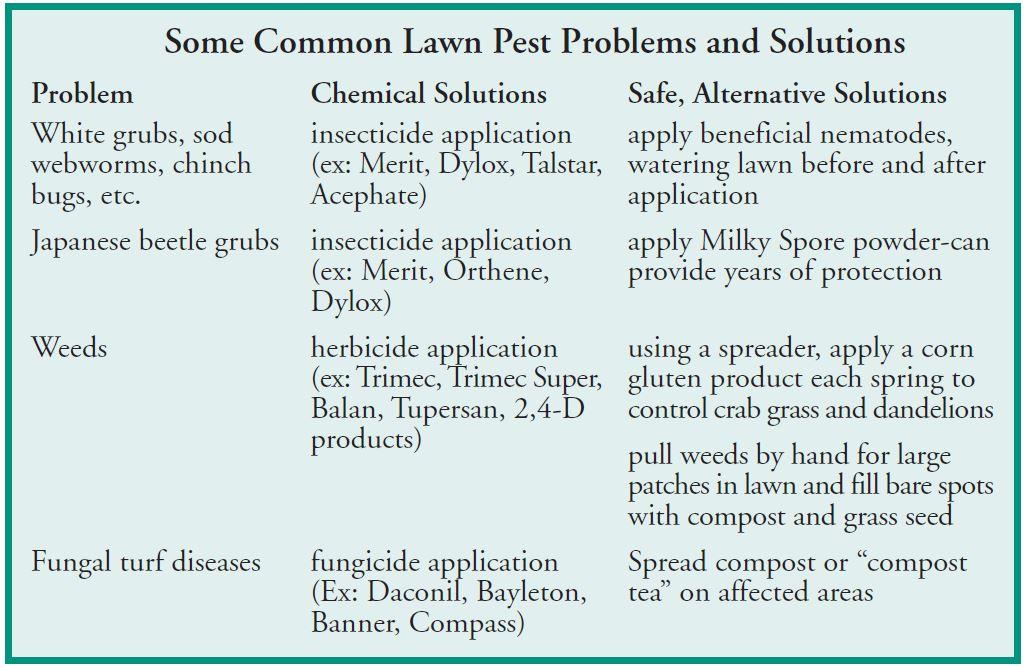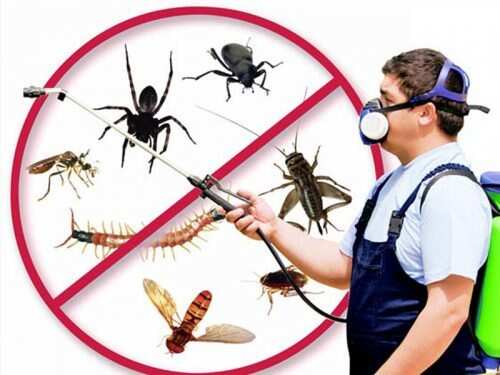All about Eco Bed Bug Exterminators Dc
All about Eco Bed Bug Exterminators Dc
Blog Article
Eco Bed Bug Exterminators Dc for Dummies
Table of ContentsNot known Incorrect Statements About Eco Bed Bug Exterminators Dc Examine This Report on Eco Bed Bug Exterminators DcThe Greatest Guide To Eco Bed Bug Exterminators DcEco Bed Bug Exterminators Dc Things To Know Before You Get ThisA Biased View of Eco Bed Bug Exterminators Dc
Because chemicals are toxic, they are additionally potentially harmful to human beings, animals, various other organisms, and the environment. For that reason, individuals that utilize chemicals or routinely come in call with them need to recognize the family member poisoning, potential health effects, and preventative steps to decrease direct exposure to the products they make use of. Hazard, or threat, of utilizing chemicals is the capacity for injury, or the degree of risk associated with using a chemical under a provided collection of problems.
Applicators can lessen or virtually get rid of exposure-- and thus lower risk-- by complying with the label instructions, using individual safety clothing and devices (PPE), and handling the chemical effectively. Even more than 95 percent of all pesticide exposures come from facial direct exposure, mostly to the hands and lower arms. By using a set of unlined, chemical-resistant gloves, this type of exposure can be nearly gotten rid of.
The dangerous results that occur from a single exposure by any kind of route of entrance are described "acute results." The 4 routes of direct exposure are dermal (skin), inhalation (lungs), dental (mouth), and the eyes. Intense poisoning is determined by analyzing the dermal toxicity, inhalation poisoning, and oral toxicity of test animals.
All About Eco Bed Bug Exterminators Dc
Acute poisoning is measured as the quantity or concentration of a toxicant-- the a.i.-- needed to eliminate half of the pets in an examination population. This action is usually expressed as the LD50 (dangerous dosage 50) or the LC50 (lethal concentration 50). Furthermore, the LD50 and LC50 values are based on a single dose and are recorded in milligrams of pesticide per kilo of body weight (mg/kg) of the guinea pig or partially per million (ppm).
The lower the LD50 or LC50 worth of a pesticide item, the better its poisoning to humans and pets. Pesticides with a high LD50 are the least toxic to human beings if used according to the directions on the item tag. The persistent toxicity of a chemical is established by subjecting guinea pig to long-lasting exposure to the energetic ingredient.
The persistent toxicity of a chemical is much more difficult than acute toxicity to figure out through research laboratory evaluation. Products are categorized on the basis of their relative acute poisoning (their LD50 or LC50 worths). Chemicals that are categorized as highly hazardous (Poisoning Group I) on the basis of either oral, dermal, or breathing poisoning should have the signal words risk and POISON printed in red with a skull and crossbones icon plainly displayed on the front panel of the package label.
The severe (single dose) oral LD50 for chemical products in this group varies from a trace total up to 50 mg/kg. Exposure of a few declines of a material taken orally could be deadly to a 150-pound person. https://www.imdb.com/user/ur179001523/. Some pesticide products have simply the signal word threat, which tells you absolutely nothing regarding the acute poisoning, simply that the product can cause serious eye damages or severe skin irritation
The Only Guide to Eco Bed Bug Exterminators Dc
In this group, the acute dental LD50 ranges from 50 to 500 mg/kg. A teaspoon to an ounce of this product could be fatal to a 150-pound individual (bed bug treatment). Pesticide items categorized as either a little poisonous or reasonably harmless (Toxicity Categories III and IV) are called for to have the visite site signal word care on the pesticide label

All chemical poisoning worths, including the LD50, can be discovered on the item's Material Safety Data Sheet (MSDS) - bed bug spray. Pesticide tags and MSDS can be gotten from retailers or manufactures. In addition, most items also know that can be found on the net. The symptoms of pesticide poisoning can range from a moderate skin irritability to coma and even death.
Since of prospective wellness worries, chemical customers and trainers need to recognize the typical signs and signs of chemical poisoning. The impacts, or signs, of pesticide poisoning can be extensively specified as either topical or systemic.
Some Of Eco Bed Bug Exterminators Dc
Dermatitis, or swelling of the skin, is approved as the most generally reported topical effect linked with chemical exposure. Some individuals often tend to cough, hiss, or sneeze when revealed to chemical sprays.
This symptom normally subsides within a few minutes after an individual is eliminated from the direct exposure to the toxic irritant. Nonetheless, a reaction to a chemical product that triggers someone not just to sneeze and cough but likewise to develop severe acute breathing signs and symptoms is more probable to be a true hypersensitivity or allergic reaction.
Systemic results are quite various from topical results. They often happen far from the initial factor of call as a result of the chemical being taken in into and dispersed throughout the body. Systemic results commonly consist of nausea or vomiting, throwing up, fatigue, headache, and intestinal tract conditions. In sophisticated poisoning cases, the individual may experience modifications in heart rate, difficulty breathing, convulsions, and coma, which might result in fatality.
Report this page